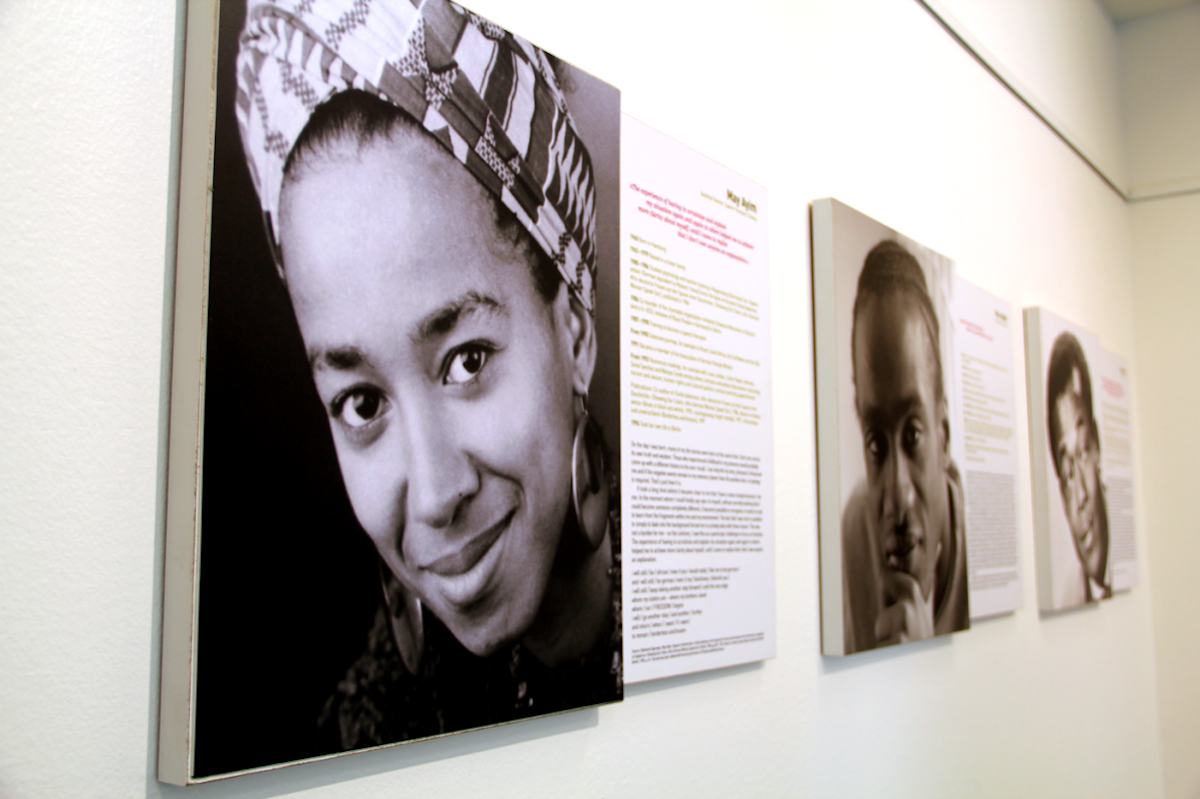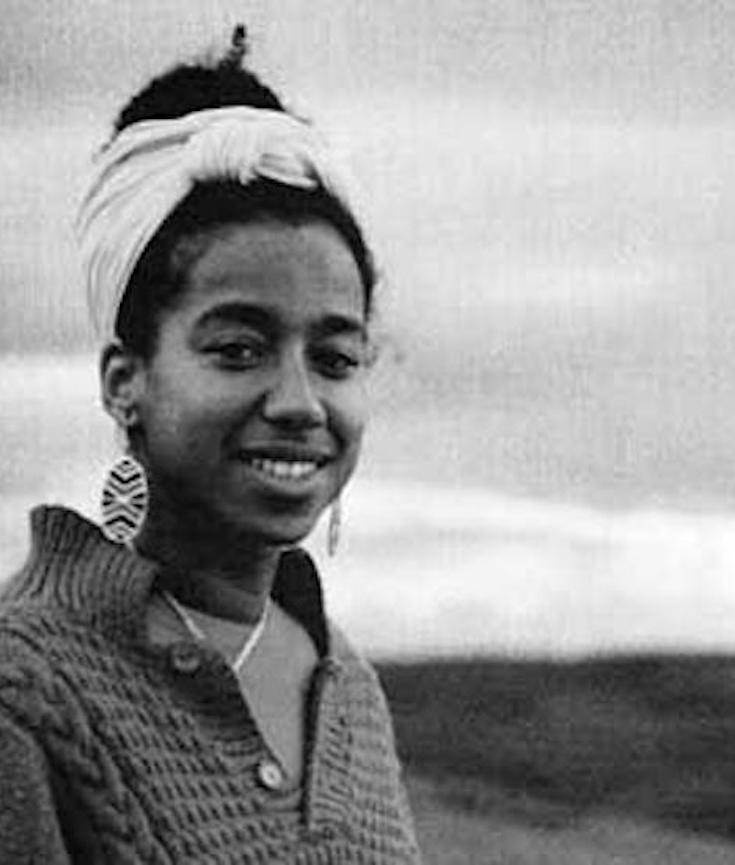[dropcap]After[/dropcap] facing some personal setbacks and a recent diagnosis of multiple sclerosis, Ayim committed suicide by jumping from her apartment building in Berlin-Kreuzberg. She also suffered from depression, which was often exacerbated by the psychological toil that everyday German racism had on her. Even though Ayim was born and raised by adoptive parents in Germany, some white Germans, including her adoptive parents, continued to harbor racist views that denied her humanity as a Black German citizen in a post-Holocaust society.
Her death shocked her colleagues and friends near and far. From South Africa to the United States, people sent their tributes, in which they recognized how much she inspired them through her writing and spoken word performances. Much like her mentor Caribbean-American poet Audre Lorde, Ayim, too, believed in the “subversive power of lyrical language.” 1 As a talented and well-known writer at home and abroad, her poetry and prose served as a form of intellectual activism and as a medium to incite socio-political change. In fact, Ayim derived a key source of political and emotional energy from her writing, which was a constitutive element of her activism.
[mc4wp_form id=”6042″]
 Lakshmi Sarah/KQED | Photo Credit
Lakshmi Sarah/KQED | Photo Credit
 © Dagmar Shultz | Photo Credit
© Dagmar Shultz | Photo Credit

 Three Women performing at May Ayim memorial day in Spreeraum, Berlin |
Three Women performing at May Ayim memorial day in Spreeraum, Berlin |

AFRICAN AMERICAN MUSEUM OF PHILADELPHIA | PHILADELPHIA, PA
Founded in 1976 in celebration of the nation’s Bicentennial, the African American Museum in Philadelphia (AAMP) is the first institution funded and built by a major municipality to preserve, interpret and exhibit the heritage of African Americans. Throughout its evolution, the museum has objectively interpreted and presented the achievements and aspirations of African Americans from pre-colonial times to the current day.
The museum is committed to telling the story of African Americans in all its permutations: family life, the Civil Rights movement, arts and entertainment, sports, medicine, architecture, politics, religion, law and technology. The AAMP currently houses four galleries and an auditorium, each of which offer exhibitions anchored by one of our three dominant themes: the African Diaspora, the Philadelphia Story, and the Contemporary Narrative. (Website).


You must be logged in to post a comment.